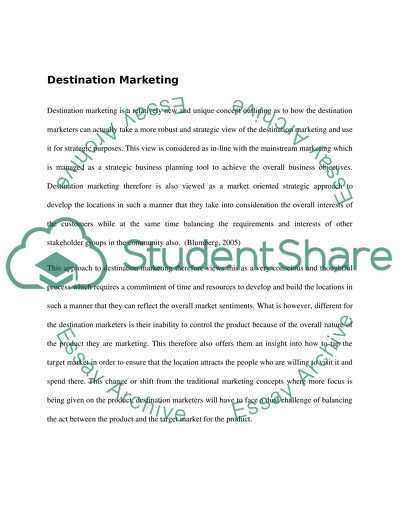Cite this document
(“THE CHALLENGES AND OPPORTUNITIES POSED BY SOCIAL MEDIA FOR DESTINATION Research Paper”, n.d.)
Retrieved from https://studentshare.org/family-consumer-science/1411746-the-challenges-and-opportunities-posed-by-social
Retrieved from https://studentshare.org/family-consumer-science/1411746-the-challenges-and-opportunities-posed-by-social
(THE CHALLENGES AND OPPORTUNITIES POSED BY SOCIAL MEDIA FOR DESTINATION Research Paper)
https://studentshare.org/family-consumer-science/1411746-the-challenges-and-opportunities-posed-by-social.
https://studentshare.org/family-consumer-science/1411746-the-challenges-and-opportunities-posed-by-social.
“THE CHALLENGES AND OPPORTUNITIES POSED BY SOCIAL MEDIA FOR DESTINATION Research Paper”, n.d. https://studentshare.org/family-consumer-science/1411746-the-challenges-and-opportunities-posed-by-social.


